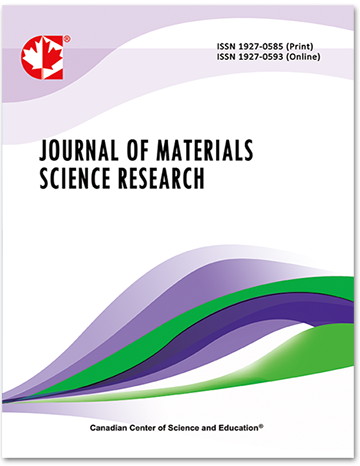Brazing of Boron Carbide by Cu-Alloys: Interface Interaction and Mechanical Properties of Joints
- Michael Aizenshtein
- Shay Silhov
- Natalya Froumin
- Nachum Frage
Abstract
Boron carbide is one of the most promising structural ceramics; therefore its joining to other ceramics and metals is of technological importance. In this study, interface interactions and joints strength were studied in various cases of B4C/Cu based fillers (Cu-9at%B, Cu-4.5at%Ti and Ticusil®). The fillers partially wet B4C (q < 500), but the interface composition and morphology are different. In the B4C/Cu-9at.%B system no new phases are detected at the interface, while the formation of TiB2 takes place in the case B4C/Cu-4.5at%Ti, and a double layer containing TiB2 and TiC is formed at the B4C/Ticusil® interface.
The maximal shear stress for B4C/B4C joints breakage was obtained for the Cu-9at.%B brazing alloy which displays partial wetting without the formation of brittle phases at the ceramic/metal interface.
This study shows that improved wetting is essential but not sufficient in order to obtain strong bonding between B4C and the fillers examined.- Full Text:
 PDF
PDF
- DOI:10.5539/jmsr.v2n1p42
Journal Metrics
Impact Factor 2022 (by WJCI): 0.583
Google-based Impact Factor (2021): 0.52
h-index (December 2021): 22
i10-index (December 2021): 74
h5-index (December 2021): N/A
h5-median (December 2021): N/A
Index
- CAS (American Chemical Society)
- CNKI Scholar
- Elektronische Zeitschriftenbibliothek (EZB)
- EuroPub Database
- Excellence in Research for Australia (ERA)
- Google Scholar
- Infotrieve
- JournalTOCs
- LOCKSS
- NewJour
- PKP Open Archives Harvester
- Qualis/CAPES
- SHERPA/RoMEO
- Standard Periodical Directory
- Universe Digital Library
- WJCI Report
- WorldCat
Contact
- John MartinEditorial Assistant
- jmsr@ccsenet.org
